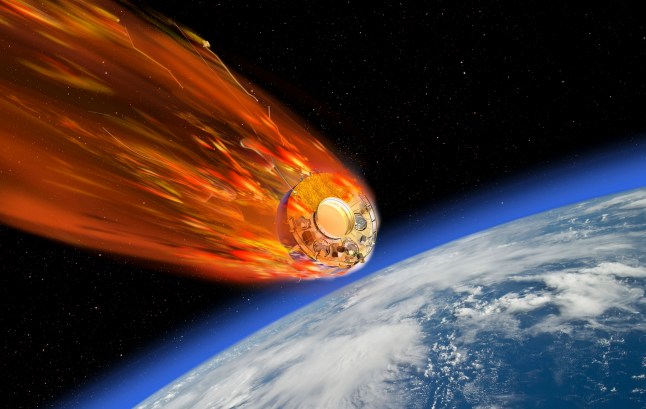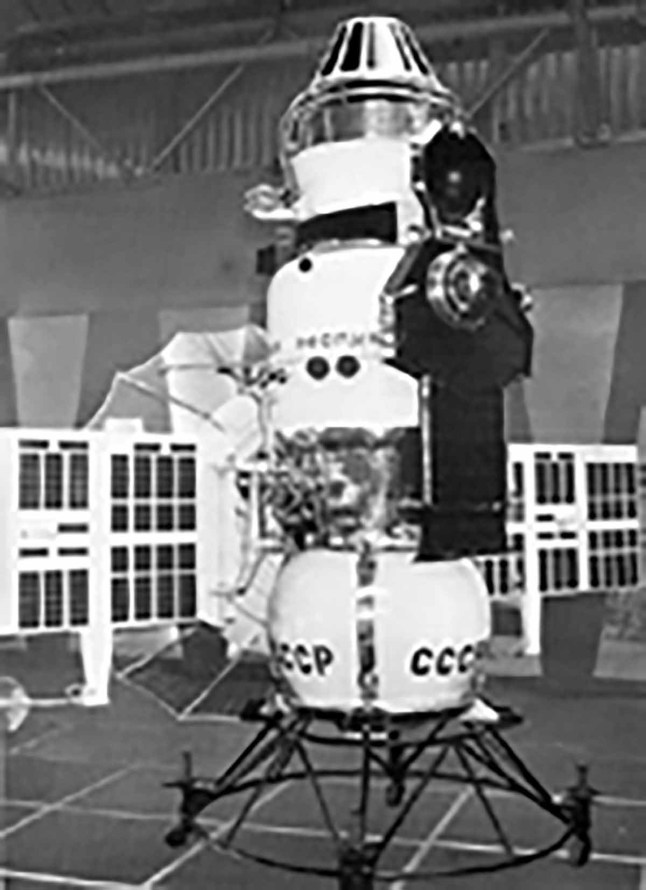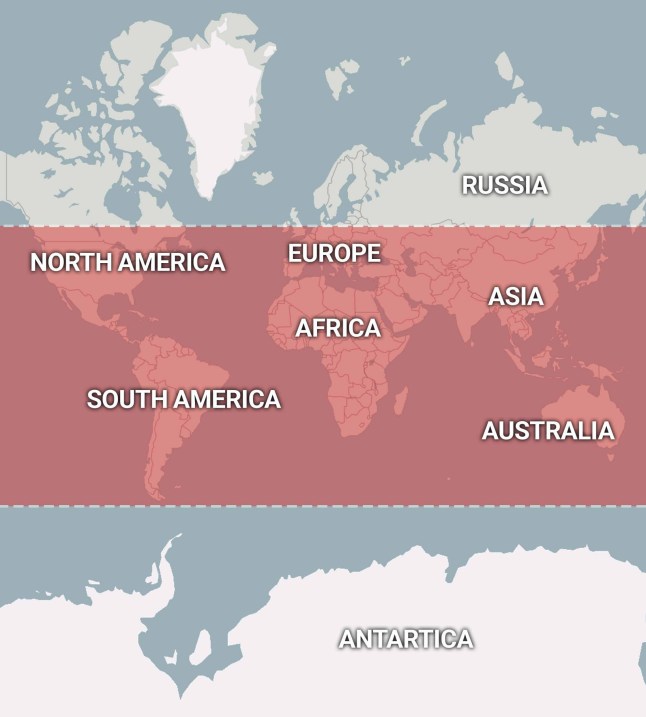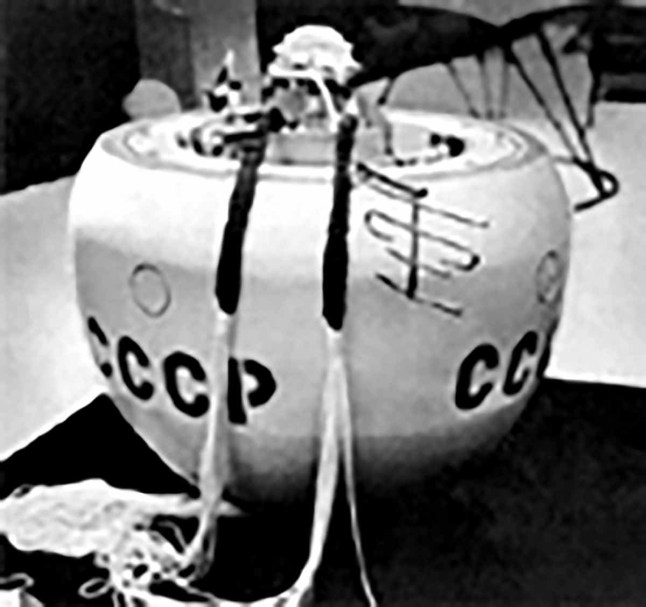2025-05-12 IDOPRESS

The satellite could crash to the ground in the next few days (Picture: ESA/David Ducross/ SWNS)
A Soviet satellite once bound for Venus has crashed landed back on Earth after more than half a century in space.
The Kosmos 482 Descent Craft floated around in outer space for more than 50 years,stuck in Earth’s orbit.
Its ‘uncontrolled re-entry’ was followed by the European Union Space Surveillance and Tracking agency on Saturday.
The European Space Agency’s space debris office also indicated that the spacecraft had re-entered after it failed to appear over a German radar station.
It was not immediately known where the spacecraft came in or how much,if any,of the half-tonne spacecraft survived the fiery descent from orbit.
Experts said ahead of time that some if not all of it might come crashing down,given it was built to withstand a landing on Venus,the solar system’s hottest planet.
The chances of anyone getting clobbered by spacecraft debris were exceedingly low,scientists said.
Launched in 1972 by the Soviet Union,the spacecraft known as Kosmos 482 was part of a series of missions bound for Venus.
But this one never made it out of orbit around Earth,stranded there by a rocket malfunction.

It was hoped the craft would make it all the way to Venus (Picture: Nasa)
Much of the spacecraft came tumbling back to Earth within a decade of the failed launch.
No longer able to resist gravity’s tug as its orbit dwindled,the spherical lander — an estimated 3 feet across — was the last part of the spacecraft to come down.
The lander was encased in titanium,according to experts,and weighed around 500 kilograms.
After following the spacecraft’s downward spiral,scientists,military experts and others could not pinpoint in advance precisely when or where the spacecraft might come down.
Solar activity added to the uncertainty as well as the spacecraft’s deteriorating condition after so long in space.
Marco Langbroek,a lecturer in space situational awareness at Delft Technical University in the Netherlands,had predicted its return and forecast it would re-enter the atmosphere at some point today.
And due to the craft being a lander designed to survive passing through Venus’s atmosphere,Marco predicted it could survive re-entry through Earth’s atmosphere.

The potential crash zone,highlighted in red,is vast (Picture: Metro Graphics)
Discussing the risks associated with the craft’s re-entry,Marco said: ‘The risks involved are not particularly high,but not zero: with a mass of just under 500kg and 1metre (3ft) size,risks are somewhat similar to that of a meteorite impact.
‘A re-entry analysis to ground level suggests an impact speed (after atmospheric deceleration) of about 65-70metres per second (150mph),assuming the re-entering lander did not break up or extensively ablate during re-entry.’
The Kosmos 482 Descent Craft was launched on March 31,1972,and soon after it broke into several pieces.
The craft got stuck in an elliptical orbit around Earth due to a failure in the upper stage of the rocket that launched it into space in the first place.
Its main body re-entered the atmosphere on May 5,1981,and the rest of the craft has been orbiting the planet ever since.

The Kosmos 482 will be crashing back to Earth pretty soon (Picture: Nasa)
There are roughly 35,000 pieces of space debris that are more than 10cm in size being tracked by experts at the moment,with about 10,000 active satellites in orbit.
Objects caught in Earth’s gravity undergo a process called orbital decay,which means they get closer and closer to the planet as time goes on until eventually falling back through the atmosphere.
Most of the time,these pieces of debris either burn up in the atmosphere or,if they survive,land in the sea or unpopulated areas.
According to the European Space Agency,about 160 large objects made uncontrolled re-entries in 2021.
And the US Federal Aviation Administration warned in 2023 that by 2035,if satellite growth continues,there could be 28,000 objects re-entering the atmosphere each year – which could be expected to kill or injure someone every two years.
Disclaimer: This article is reproduced from other media. The purpose of reprinting is to convey more information. It does not mean that this website agrees with its views and is responsible for its authenticity, and does not bear any legal responsibility. All resources on this site are collected on the Internet. The purpose of sharing is for everyone's learning and reference only. If there is copyright or intellectual property infringement, please leave us a message.
©Copyright 2009-2020 Canadian times substation Contact Us SiteMap